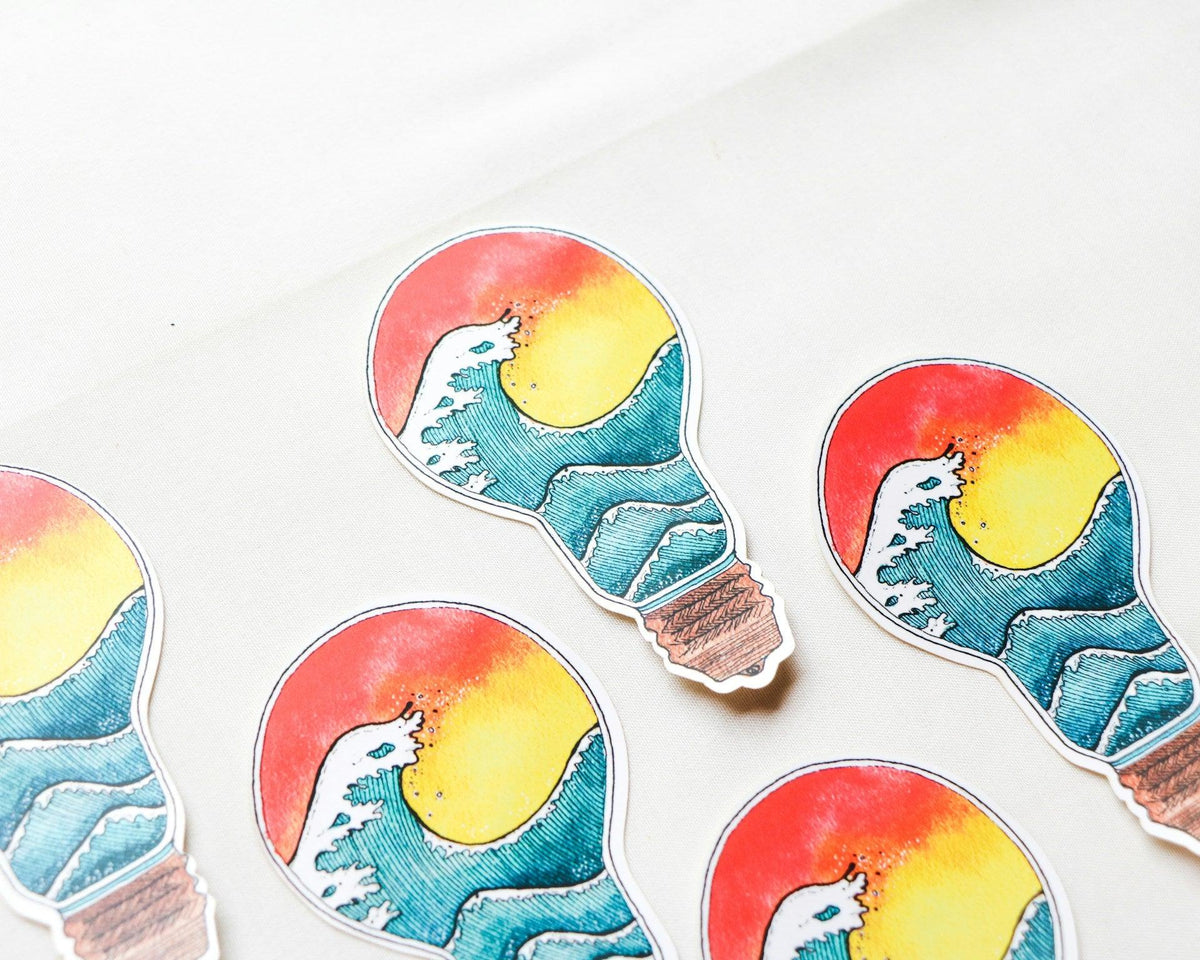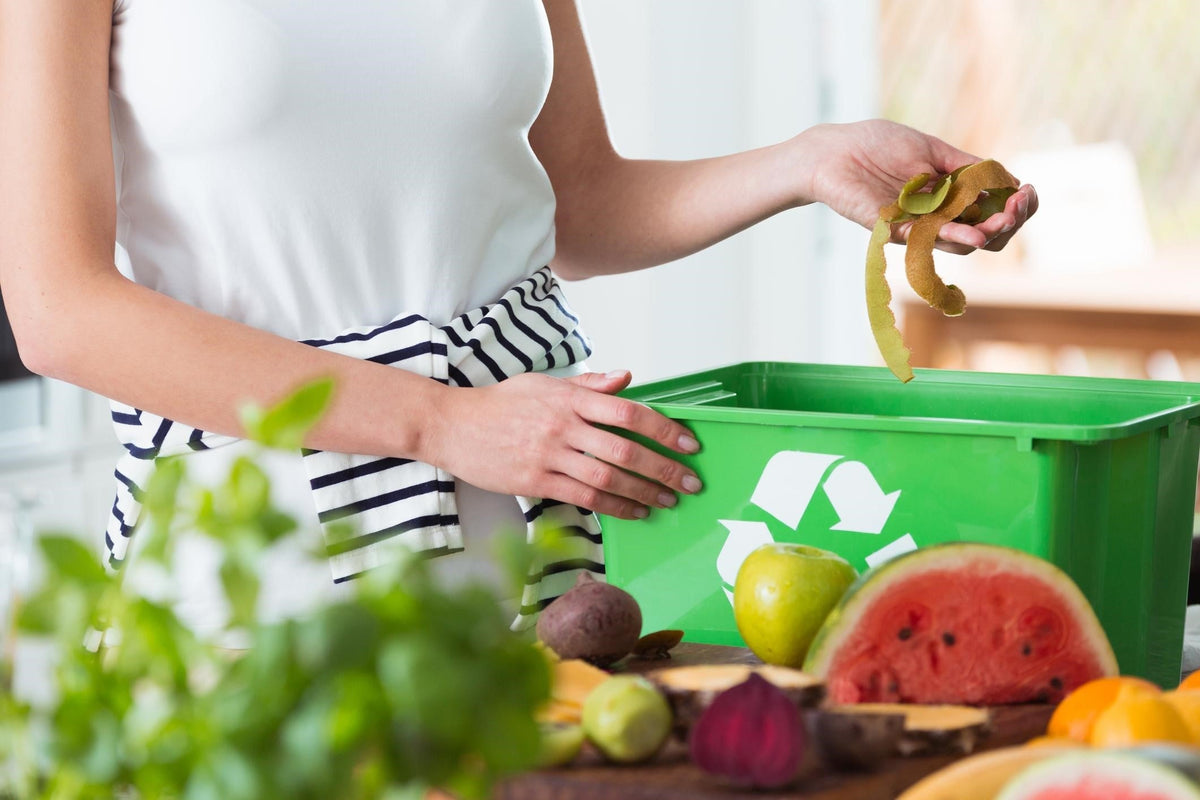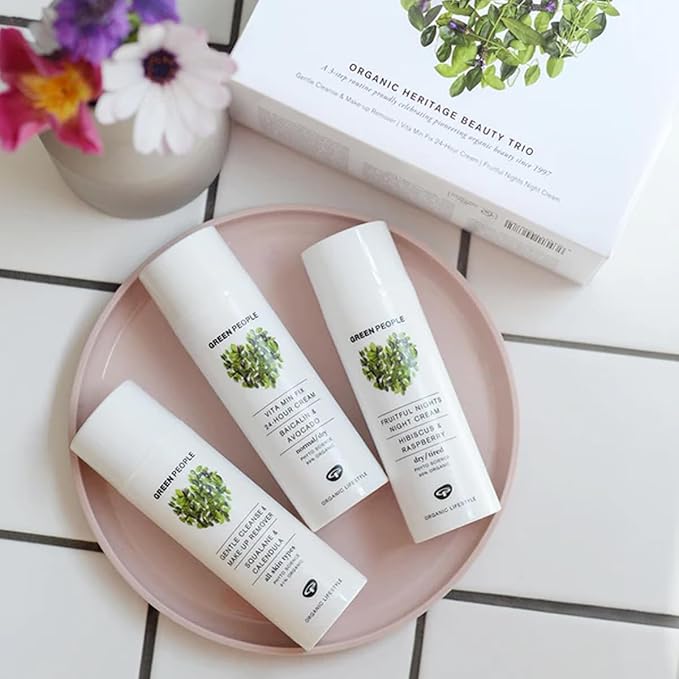At Friendly Turtle’s EcoBlog, we show you how to care for your sofa sustainably while supporting your eco-conscious values. From choosing durable, non-toxic, and ethically sourced materials to using natural cleaning solutions like vinegar, baking soda, and essential oils, small actions can make a big difference. Learn how to reduce waste, improve indoor air quality, and extend your furniture’s lifespan through mindful maintenance and protective habits. By investing in quality craftsmanship and sustainable design, you’ll save money, avoid harmful chemicals, and contribute to a healthier planet one sofa at a time.
Share your articles with us and get published! Reach out at hello@friendlyturtle.com.
5 Green Ways to Preserve Your Screen Printed Clothing

Screen printing can be a great way to customise items of clothing. Whether you’re looking for a nice way to commemorate a group holiday or you’re a business trying your hand at a new form of branding, screen printing allows you to create personalised items that really do look the part.
As with anything else, you need to make sure that you look after your screen-printed items of clothing, to ensure that they last as long as they should. From checking product care labels to air drying, below are a few of our top tips for longevity.
Check the product care instructions
While we’ll go through some general care tips below, it’s also important that you check the product care instructions that are directly applicable to the items you have. Screen printing companies such as Screen Textiles might have specific instructions that they recommend for different items, whether that’s hand washing or avoiding spin cycles. It’s crucial that you take the time to check for any requirements such as these beforehand, so that you can look after the item as the manufacturer intended.

Turn the item inside out
Unlike design techniques such as embroidery, screen-printed designs tend to primarily be attached to one side of the fabric. While the ink should have seeped through the t-shirt a certain amount to ensure that it sticks, it will still mostly be applied to the external surface.
As a result, you’ll want to make sure that you turn the item inside out before washing it if you want it to last as long as possible. The less friction that’s applied to the design while it’s in the washing machine, the longer it’s likely going to stay looking fresh and clean.

Wash on a gentle cycle
The inks used for screen printing are designed to withstand high temperatures and standard wash cycles, but that doesn’t mean your standard settings will be what’s best for screen-printed items of clothing. Using gentler settings at lower temperatures with slower spin cycles will help the design last for longer, slowing down the rate at which it might start to crack and peel. This is one of the simplest yet often most effective ways you’ll be able to eke out a little more life from your best pieces!

Air dry
Lastly, wherever possible we recommend air drying your screen-printed clothing, out of direct sunlight in a well-ventilated environment. The high heat that drying machines apply to fabrics will be sure to result in premature wear, potentially even starting to melt the designs off from the base fabric.
Again, how important it is that you avoid machine drying the items you own will depend on what ink was used, making it crucial that you check the product care label beforehand.
If you want your pieces to last as long as they should, then it’s vital that you care for your screen-printed clothing in just the right way. By avoiding high heat and turning your clothing inside out before washing, you should be on the right track to look after your favourite pieces for years to come.

0 comments
Let customers speak for us
Blog posts
At Friendly Turtle’s EcoBlog, we explore how to create a zero-waste kitchen without feeling overwhelmed. Reducing food waste, embracing reusable alternatives, composting, and rethinking grocery shopping can all make a significant environmental impact. From swapping plastic wrap for beeswax wraps to cooking from scratch and organising your kitchen for success, even small changes add up over time. A zero-waste kitchen isn’t about perfection—it’s about mindful progress. Step by step, you’ll reduce waste, save money, and create a healthier, more sustainable home that reflects your values.
At Friendly Turtle’s EcoBlog, we explore how to choose anti-ageing skincare that’s both effective and sustainable. From plant-based hyaluronic acid and jojoba oil to packaging that’s recyclable or biodegradable, eco-friendly beauty is now easier than ever. Look for products with fair trade, ethically sourced ingredients and avoid harmful chemicals like parabens and sulfates. Plant-based antioxidants such as green tea and avocado oil can protect and nourish your skin naturally. By making mindful choices, you can support your skin’s health and the planet without compromising on results.



